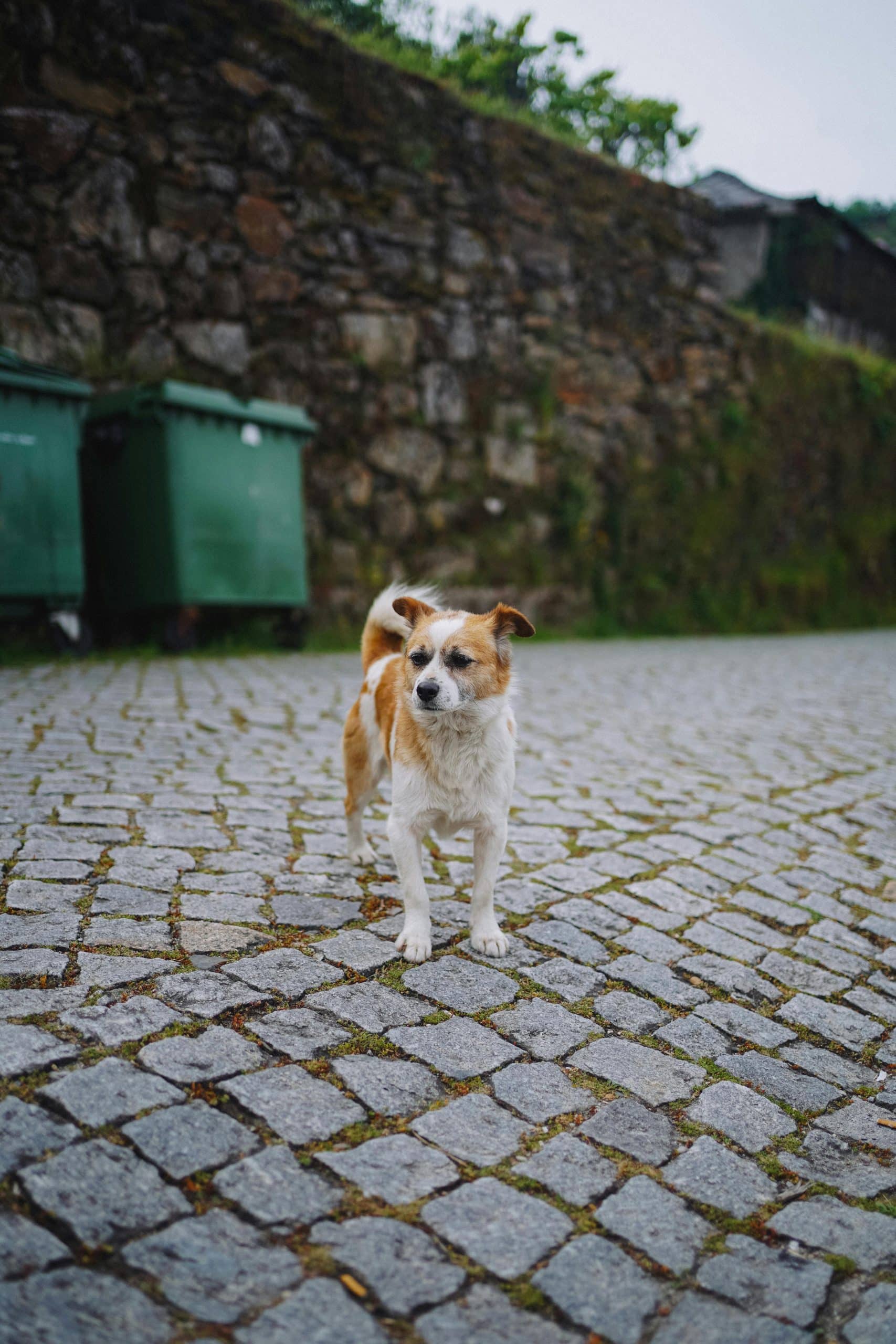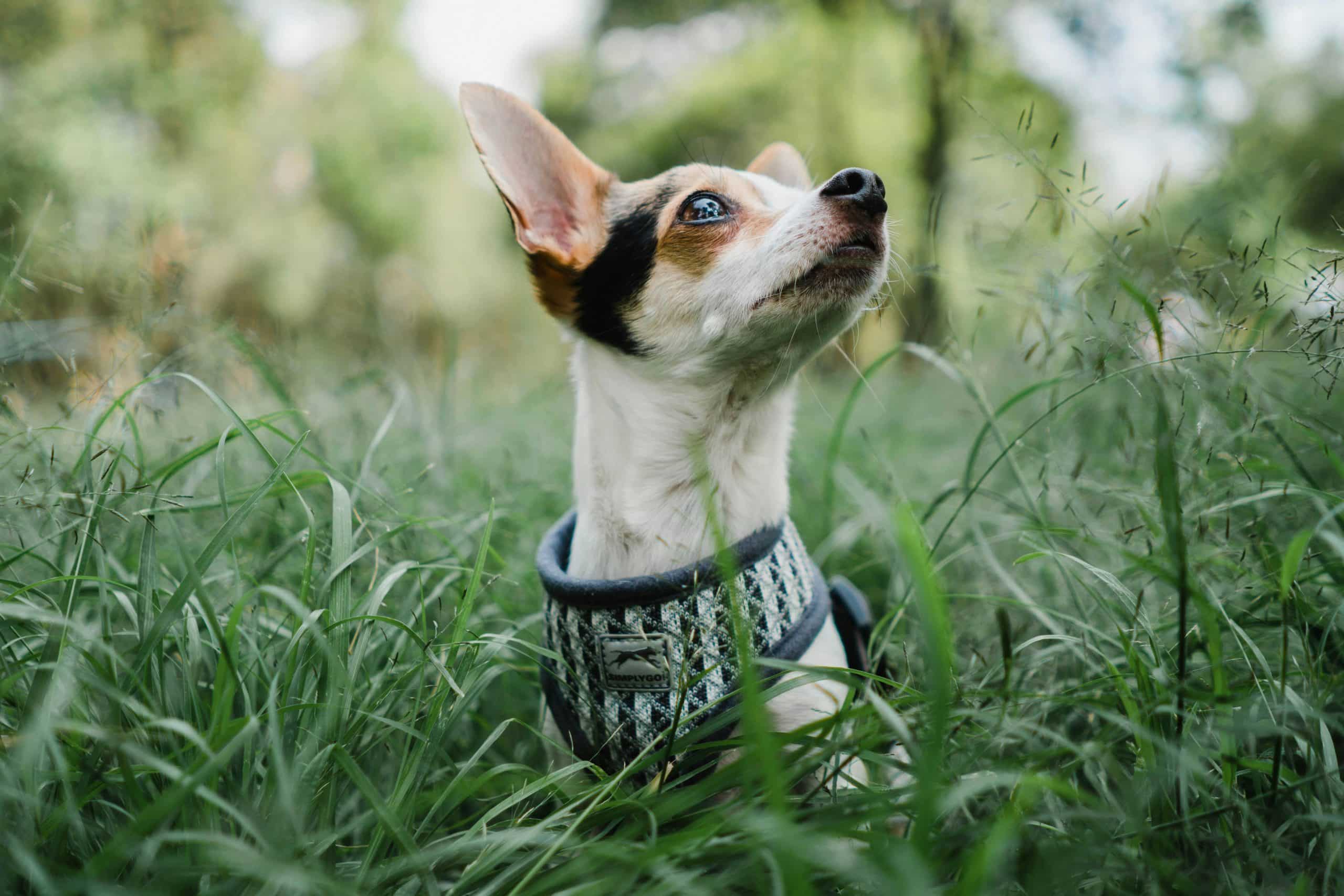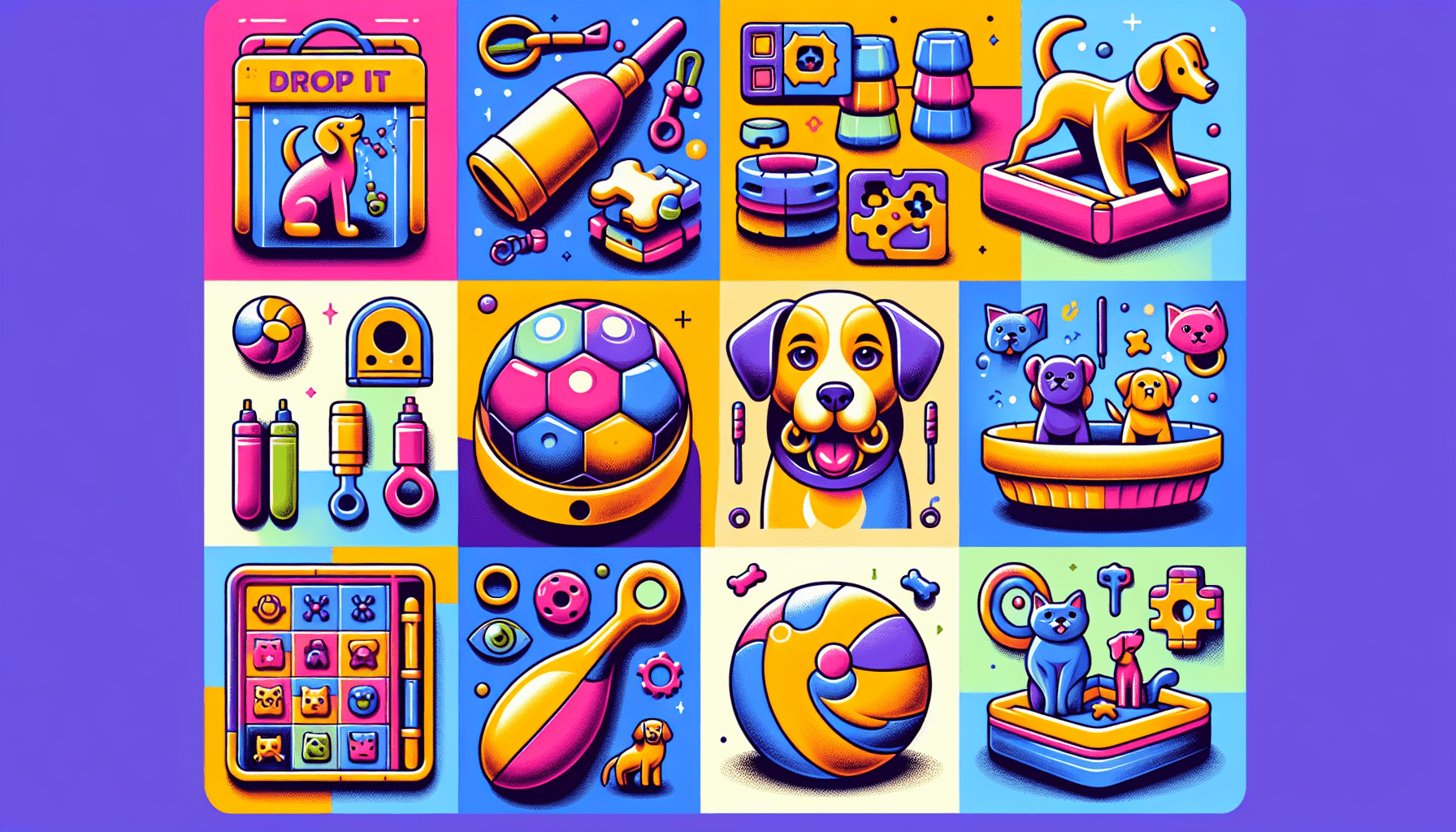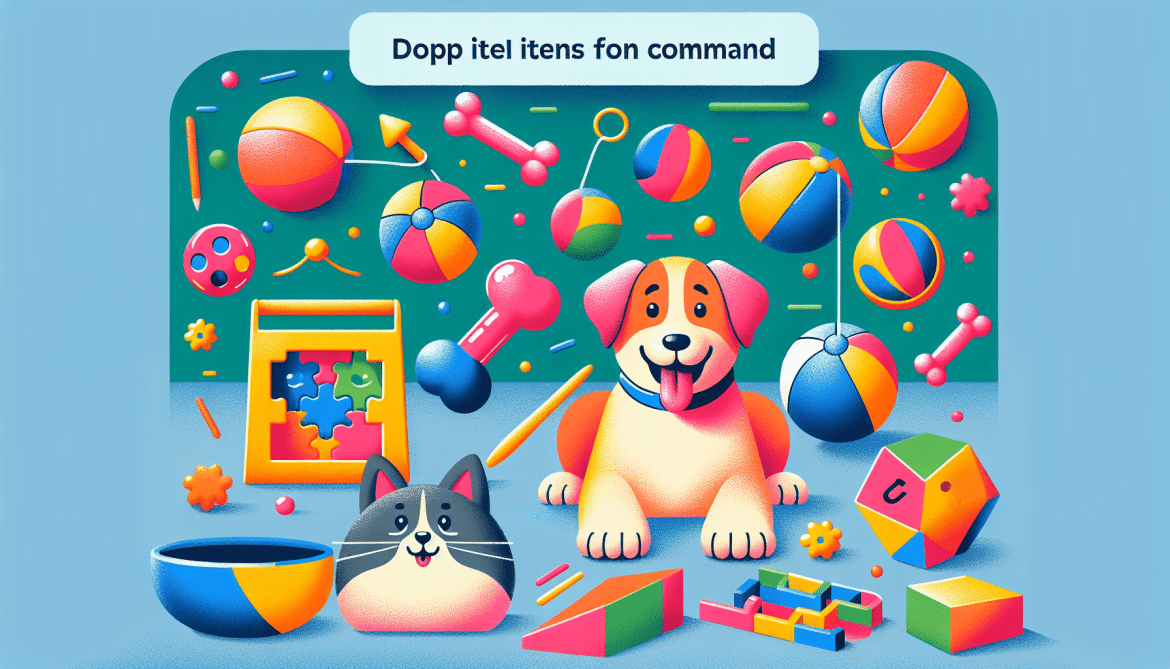If you're looking for a fun and effective way to train your dog, consider incorporating playtime into your drop it training. This article will provide you with strategies that make the training process enjoyable for both you and your furry friend. By incorporating play into this important command, you'll not only make it more engaging for your dog, but also strengthen the bond between the two of you. Get ready to have a blast while teaching your dog to let go of objects on command!

This image is property of images.pexels.com.
Understanding the Importance of Playtime in Dog Training
Benefits of playtime in training
Playtime is not just a fun activity for dogs, but it also plays a crucial role in their overall development and training. When it comes to teaching commands like "Drop It," incorporating play into the training sessions can bring numerous benefits.
Enhancing bond and trust through play
Playing with your dog helps build a strong bond and establish trust between you and your furry friend. By engaging in interactive games and play sessions, you create a positive association between training and fun. This, in turn, can make your dog more receptive and eager to learn, thereby enhancing the effectiveness of training sessions.
Improving focus and attention
Playtime serves as a mental and physical exercise for dogs, helping to channel their energy and stimulate their minds. When dogs are engaged in play, it aids in their ability to focus and pay attention. This increased focus can significantly enhance their responsiveness to training commands, such as "Drop It." Incorporating play into training sessions can help keep your dog mentally engaged and motivated.
Introducing the Drop It Command
Explaining the Drop It command
The "Drop It" command is an essential cue that every dog should learn. It teaches them to release objects or toys from their mouth when instructed to do so. This command is useful in various situations, such as preventing your dog from chewing or swallowing something potentially harmful or retrieving items you want them to drop, like a ball during a game of fetch.
Teaching the basics of Drop It
To introduce the "Drop It" command, start with an enticing toy or object that your dog loves. Hold the item in your hand and allow your dog to show interest in it. As they reach for the toy, say "Drop It" in a firm but friendly tone. If your dog releases the toy, immediately praise and reward them with a treat or another favorite toy. Repeat this process until your dog consistently drops the item upon hearing the command.
Choosing the Right Toys for Drop It Training
Selecting appropriate toys for training
When choosing toys for "Drop It" training, opt for ones that are easily grippable and safe for your dog to hold in their mouth. Rubber or plush toys are popular choices as they are comfortable for dogs to carry. Additionally, selecting toys of different sizes and textures can add variety to the training sessions, keeping your dog engaged and excited.
Safety considerations for toy selection
While selecting toys, prioritize your dog's safety. Avoid toys that are too small, as they can pose a choking hazard. Similarly, stay away from toys with sharp edges or loose parts that could be ingested. Always supervise your dog during playtime and promptly remove any damaged or broken toys to prevent accidents.
Using interactive toys for motivation
Interactive toys, such as treat-dispensing puzzles or toys with hidden compartments, can be excellent motivators during "Drop It" training. These toys require your dog to drop the object they have in their mouth to access the treat or engage with the toy. By incorporating interactive toys into training sessions, you can make the process more mentally stimulating and rewarding for your dog.
Incorporating Playtime into Drop It Training Sessions
Starting with short play sessions
When incorporating play into "Drop It" training, start with short play sessions to keep your dog's focus and enthusiasm high. Begin by playing with their favorite toy for a few minutes before introducing the "Drop It" command. This establishes a positive association between play and the desired action of dropping the toy upon command.
Combining play and Drop It commands
During playtime, gradually introduce the "Drop It" command while your dog has the toy in their mouth. Say "Drop It" and offer a treat or a second toy as a reward for complying with the command. If your dog does not drop the toy initially, use gentle pressure on their lower jaw or offer a higher-value treat or toy as an incentive. With consistency and repetition, your dog will learn to associate the "Drop It" command with the desired action of releasing the toy.
Rewarding successful drops with play
To reinforce the "Drop It" command, make sure to reward your dog with additional playtime whenever they successfully drop the toy upon command. This helps strengthen the positive association between dropping the toy and having even more fun. By incorporating play as a reward, you make the training sessions more enjoyable for your dog, increasing their motivation to comply with the "Drop It" command.

This image is property of images.pexels.com.
Engaging in Interactive Games for Drop It Training
Playing fetch to reinforce Drop It
Playing fetch is an excellent game to reinforce the "Drop It" command. Start by throwing a ball or a toy and encouraging your dog to retrieve it. Once your dog has the toy in their mouth, give the "Drop It" command and hold out a treat or another toy. When your dog drops the toy, reward them with the treat or playtime. This reinforces the connection between dropping the toy and being rewarded, making your dog more eager to comply with the command.
Tug-of-war with Drop It command
Tug-of-war can be used effectively to practice the "Drop It" command while engaging in an interactive game with your dog. Begin by playing a game of tug-of-war, allowing your dog to grip the toy firmly. Then, give the "Drop It" command and stop pulling. As your dog lets go, reward them with a treat or resume the game. This game helps your dog understand that letting go of the toy when instructed results in positive rewards and continued play.
Utilizing puzzle toys for Drop It practice
Puzzle toys can be an excellent way to reinforce the "Drop It" command in a different context. Fill a puzzle toy with treats or your dog's food and give it to them. Once your dog has figured out how to access the treats, use the "Drop It" command before offering them a reward. This exercise not only encourages your dog to drop the toy but also stimulates their problem-solving skills and provides mental enrichment.
Implementing Positive Reinforcement Techniques
Using treats as rewards
One of the most common and effective methods of positive reinforcement in training is using treats. When your dog successfully performs the "Drop It" command, immediately reward them with a treat. Choose small, easily consumable treats that your dog enjoys to ensure they associate dropping the toy with a positive and rewarding experience.
Clicker training for Drop It
Clicker training can be a valuable tool in teaching the "Drop It" command. Start by associating a click with a reward. When your dog drops the toy after hearing the "Drop It" command, immediately click the clicker and then offer a treat or playtime. With consistent clicking and rewarding, your dog will learn to associate the click with the desired action, making the training process more efficient.
Praising and petting as positive reinforcement
In addition to treats and clicker training, praising and petting your dog are essential forms of positive reinforcement during "Drop It" training. When your dog successfully drops the toy, use an enthusiastic and positive tone of voice to praise them. Combine praise with physical affection, such as petting or belly rubs, to further reinforce their good behavior. Dogs thrive on verbal and physical affirmations from their owners, making this reinforcement technique highly effective.

This image is property of images.pexels.com.
Overcoming Challenges and Common Issues
Addressing stubbornness in dropping toys
Some dogs may be more stubborn when it comes to dropping toys, especially if they have a strong attachment to them. To overcome this challenge, it is important to be patient and consistent. Use higher-value treats or toys as rewards, and when your dog successfully drops the toy, offer plenty of praise and playtime. Gradually increase the difficulty level by using toys with higher emotional value as you progress in training.
Dealing with resource guarding
Resource guarding is a common issue that may arise during "Drop It" training. If your dog shows signs of guarding the toy or becomes territorial, it is important to handle the situation carefully. Consult a professional dog trainer or behaviorist for guidance on specialized techniques to address resource guarding. It is crucial to ensure the safety of both you and your dog while working through this behavior.
Handling distractions during play
Distractions can make it challenging for your dog to focus on the "Drop It" command during playtime. To address this issue, start training in a quiet and controlled environment. Gradually introduce distractions, such as other people or toys, while reinforcing the desired behavior. Practice consistency and keep training sessions short initially, gradually increasing the duration as your dog becomes more proficient at ignoring distractions.
Structuring Training Sessions with Playtime
Setting a consistent training schedule
Consistency is key when it comes to training your dog. Establishing a regular training schedule ensures that both you and your dog are prepared and focused during each session. Determine a specific time each day for training and stick to that schedule. This helps create a routine for your dog and makes them more receptive to learning and playtime.
Balancing playtime and training duration
When incorporating playtime into training sessions, it is important to strike the right balance between the two. Avoid stretching training sessions for too long, as it may tire out your dog mentally and physically. Begin with short, focused training sessions of 10-15 minutes, incorporating playtime before or after each session. Remember to consider your dog's energy levels and adjust the duration accordingly.
Including breaks and rest periods
Just like humans, dogs also need breaks and rest periods during training. Incorporate short breaks between play and training sessions to allow your dog to recharge and process what they have learned. Provide them with water and a comfortable resting area during these breaks. This helps prevent mental fatigue and ensures that your dog remains enthusiastic and engaged throughout the training process.

Monitoring Progress and Adjusting Training
Tracking improvement in Drop It command
To monitor your dog's progress in "Drop It" training, keep track of their responsiveness to the command during different play sessions. Assess how quickly they drop the toy upon hearing the command and their overall consistency in obeying the cue. Keep a training journal or use a training app to record their progress over time. This allows you to identify areas that need further improvement and adjust your training strategies accordingly.
Modifying strategies based on dog's response
Every dog is unique, and their response to training methods may vary. Be observant of your dog's reactions and adjust your training strategies based on their individual needs. If certain techniques are not yielding the desired results, try alternative approaches or seek guidance from a professional trainer. Understanding and adapting to your dog's learning style can significantly enhance the effectiveness of "Drop It" training.
Reinforcing Drop It Training Through Everyday Play
Incorporating Drop It during casual play
Make it a habit to incorporate the "Drop It" command during casual play sessions or everyday interactions with your dog. For example, if your dog picks up a random object during a walk, use the "Drop It" cue to have them release it. Consistently reinforcing the command in various contexts helps your dog understand that it applies to different situations, further solidifying their understanding and compliance.
Encouraging family and friends to reinforce training
Ensure that everyone in your household is on the same page when it comes to training. Encourage family members and friends to use the "Drop It" command consistently and reinforce the behavior during playtime. This consistency from all individuals interacting with your dog helps solidify their understanding of the command and reduces confusion or mixed signals.
Maintaining consistency in Drop It cues
Consistency is crucial for effective training. To maintain consistency in "Drop It" cues, ensure that everyone uses the same verbal command and hand signal when instructing your dog to release a toy or object. This clarity in communication helps your dog associate the cue with the desired action, making it easier for them to comply. Consistent repetition and reinforcement of the command will lead to successful "Drop It" training outcomes.
Incorporating playtime into "Drop It" training not only makes the process more enjoyable for both you and your dog but also helps solidify their understanding and compliance. By understanding the importance of play, selecting appropriate toys, and effectively incorporating play into training sessions, you can create a fun and effective training experience for your furry friend. Remember to reinforce the "Drop It" command with positive reinforcement techniques, overcome challenges, and maintain consistency to achieve long-term success. With patience, consistency, and plenty of playtime, you can train your dog to master the "Drop It" command and have a well-behaved and obedient companion.



